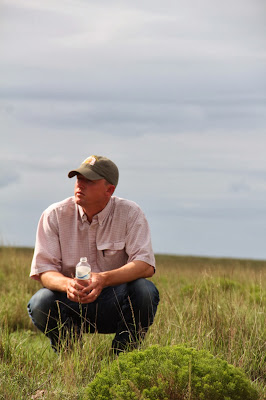 |
| Photo by Andi Brunson-Williams |
Whose woods these are I think I know,
he lives just south a mile or so;
he’ll not be aware we’re stopping
here,
to see these spooky ghosts appear.
Perhaps they saw us passing by,
and could not resist a glaring eye;
with somewhat a suspicious stare,
are we of inimical business there?
This stately stand of mulberry trees,
spent many years in making leaves;
and bearing tasty fruits for feasts,
by hungry furred and feathered beasts.
The resident of this riparian lot,
once sat concealed among the copse;
observing well all those who
passed,
finally taking one nice buck at last.
These trees have watched geese V’s
above,
and provided perch for loving doves;
in summer offering welcome shade,
to songbirds, mice and grateful quail.
Towards end of life, large limbs do
yield,
to thankful sawyer with sharpened
steel;
reducing some of mulberry grove
to desired lengths for home wood
stove.
Do the spirits of these arborous
brutes,
now inquire of guests now walking
through;
and taunt with their auspicious stare,
these humans now trespassing there?
These simple woods are dark and deep,
they give us pause before we sleep;
with wonderful treasures they bestow,
we thank them through our shadows now.
by Ken Brunson with apologies to Robert Frost
















































